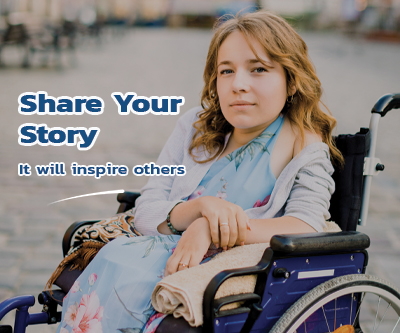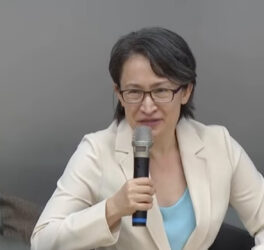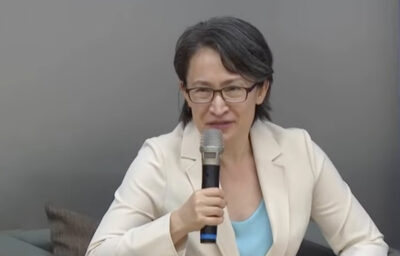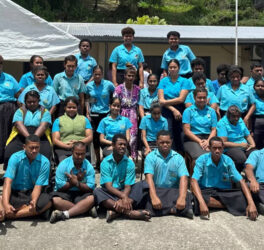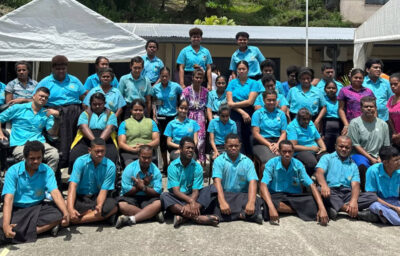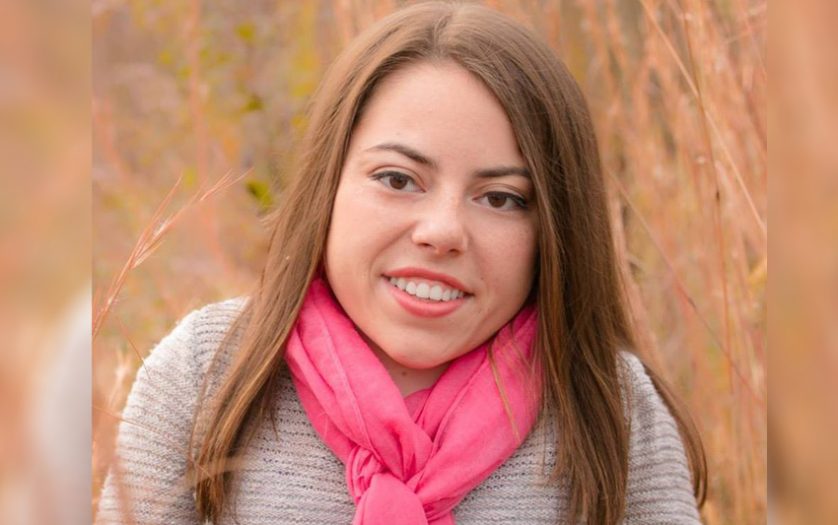
Mackenzie Trush, an aspiring actress from Franklinville, New Jersey, is just one of a handful who are using TikTok to raise awareness of people with disabilities.
Trush was born with a form of dwarfism called spondyloepimetaphyseal dysplasia, or SEMD. Her condition is one of only 175 documented cases in history.
Trush and other creators with a range of disabilities are using the app to tell their stories in their own words — all while introducing a new generation to a different kind of star.
Spencer West, a creator with a disability, had already been a social media star for awhile before he gained a huge following on TikTok.
“Oftentimes, society tries to put us in a box. For me, it was, ‘See yourself as non-disabled,’” West said in one video. “Everything changed for me when I leaned into my disability…”
West was born with a genetic disease called sacral agenesis and doctors had to amputate his legs when he was just 5 years old.
He has developed quite a following on his platforms. He became friends with pop star Demi Lovato, climbed Mt. Kilimanjaro and has done charity work in Africa with the WE organization.
With over three million followers on TikTok, West uses his influence to tell others to be proud of their disability.
Imani Barbarin, an activist and writer with a focus on the intersection of race and disability, uses TikTok to show her life as a Black woman with cerebral palsy, experiencing ableism, sexism and racism.
Barbarin is unapologetically herself and is ready for a change in the way society represents both Black and people with disabilities.
“In terms of the media representations of disability, it [is currently] all about making non-disabled people feel better about themselves by comparison,” she said. “Our bodies are a litmus test for how much worse yours could be, and how [much] more grateful you should be, because you could be us.”
Hollywood continues to underrepresent people with disabilities. While 26% of the adult population of the U.S. is living with a disability, a study on the top 100 grossing films of 2019 found that only 2.3% of speaking characters had a disability.
Alyson Patsavas, Ph.D., co-produced the film “Code of the Freaks,” an in-depth exploration of how movies treat disability on-screen.
“If film is the only place that you can access or you have seen a disabled person, and that story becomes the only narrative that you learn about, it carries so much more weight in shaping your understanding of what disability might be like,” she said.
More recently, there have been some distinct roles for actors with disabilities. For example, RJ Mitte, who has cerebral palsy, played Walt Jr. on the TV series “Breaking Bad.” Steve Way, who lives with muscular dystrophy, stars on the Hulu comedy “Ramy.”
Trush refuses to accept roles that make her disability the punchline. “As I got older, [I was] offered roles in commercials. But, [they would say], ‘You’re gonna be playing an elf,” she said.
“I’m proud of my [TikTok] content. I like to tell myself that maybe, somewhere in the back of their mind, the video will stick with them,” Trush said, “And maybe, eventually, they will take a baby step in being more open and understanding and empathetic and thoughtful.”
